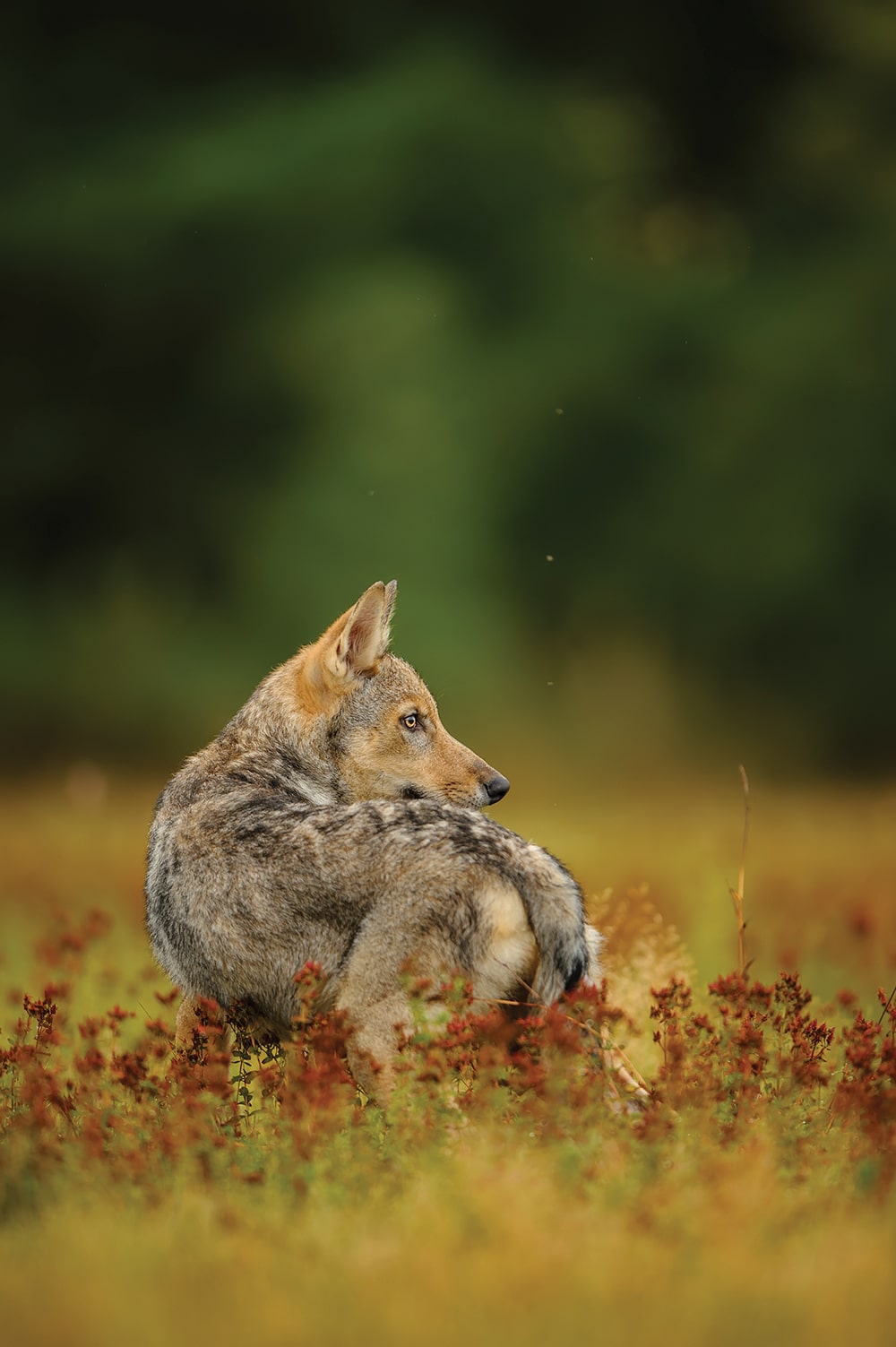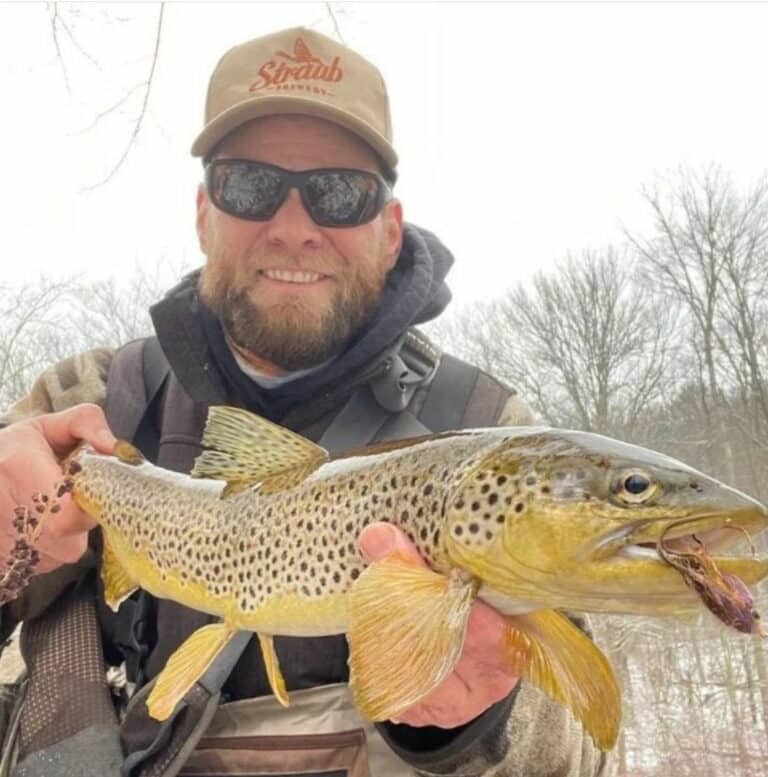Rooting for the return of the red wolf
Facing elimination in the 2011 World Series, the St. Louis Cardinals—an underdog squad that had barely squeaked into the playoffs—were down to their final strike when David Freese hit a game-tying triple—and then a game-winning home run in extra innings to win it. Down 3 games to 1 in the 2016 NBA finals against the reigning champs, LeBron rallied the Cavs to their first NBA title and Cleveland’s first sports championship in over 60 years. Trailing by three goals at half time in the 2005 Champions’ League final, Liverpool came back to tie the game against heavily favored AC Milan, and then won it in penalty kicks.
Evander Holyfield was a 25-1 underdog squaring off against Mike Tyson, but he won by TKO in 12 rounds. For runners, there is perhaps nothing better than Billy Mills’ come-from-behind finish in the 10K at the 1964 Olympics. Mills, a Native American who barely qualified for the Olympics—set a 50-second personal record to stun the world’s greatest runners in the final homestretch.
In my home state of North Carolina, there have been some dramatic underdog buzzer beaters, including NC State’s final-second win in the 1983 championship that’s included in every basketball highlight reel. But there is another Wolfpack comeback that’s even more dramatic, and it happened far from Reynolds Coliseum or the Dean Dome—but rather in the wildlands of eastern North Carolina. It is the tale of a true underdog: a diminutive wolf that exists nowhere else in the world. The return of the red wolf, a species that had nearly been hunted to extinction, is one of wildlife’s success stories—and also one of its untold tragedies.
The red wolf was once common throughout the Eastern United States, but by the 1980s, it had nearly vanished from the wild. So biologists made a daring and desperate decision: they released some of the last captive-bred red wolves left in the world into the Alligator River National Wildlife Refuge. Would they survive in the wild? Chances were slim. Would they reproduce? Even slimmer odds.
Remarkably, they did both. Red wolves flourished in eastern North Carolina, and their range expanded. Over 130 red wolves roamed 1.7 million acres and three wildlife refuges in eastern North Carolina by 2006. Leaders around the world celebrated the red wolf’s recovery as the most successful reintroduction to the wild ever achieved, and biologists began planning for additional red wolf reintroductions in other locations.
Then the North Carolina Wildlife Resources Commission loosened restrictions on coyote hunting. Red wolves can be easily mistaken for coyotes, and, not surprisingly, their population plummeted. Biologists recorded a 375% increase in red wolf shooting deaths, and by 2015, fewer than 50 red wolves remained.
Rather than attempt to curb the shooting deaths, the U.S. Fish & Wildlife Service began to dismantle its red wolf recovery program. A handful of vocal hunters and landowners didn’t want any hunting restrictions or red wolves in the wild, and they convinced state and federal agencies to authorize them to shoot red wolves.
The red wolf went from hero to nearly zero. Biologists estimate around 15 red wolves cling to survival in the Alligator River National Wildlife Refuge. No new pups were born last year. The red wolf is now the world’s most endangered mammal.
But the underdogs just won’t give up—and neither will the dedicated biologists and conservationists fighting for them. Southern Environmental Law Center successfully sued to prevent landowners from being authorized to shoot red wolves and ordered the U.S. Fish & Wildlife Service to develop a new recovery plan. The dormant recovery program was given new life, and biologists went back to work protecting red wolves.
And then this spring, for the first time in years, biologists successfully re-released two pairs of red wolves back into the wild. The pairs were released in acclimation pens, where they spent a few weeks getting to know each other before being released. Love is in the air again in red wolf country.
Red wolves mate in the late winter and early spring, and, after a 60-day gestation period, typically give birth to red wolf pups in April and May.
Right now, critically endangered red wolf pups may be wobbling out of their dens for the first time. Due to COVID-19, monitoring of the red wolves has been limited, but biologists have been able to confirm that the red wolf pairs have remained alive and together.
“It’s an exciting moment and hopefully the beginning of another incredible comeback,” said Heather Clarkson, outreach representative for Defenders of Wildlife.
But it’s not nearly enough. Captive reintroduction of adult wolves to the wild rarely works this well. What’s urgently needed is to release captive newborn puppies into wild litters. Newborn pups reared in the wild have significantly higher rates of survival. The captive-born pups can also bolster the wild population’s numbers and gene pool.
Supporting the U.S. Fish & Wildlife recovery program is also essential. Red wolf populations have fallen so low that coyote interbreeding threatens their survival; coyote sterilization can enable the red wolves to regain footing across their territory. Ground and aerial monitoring of the collared red wolves by Fish & Wildlife is also key to their survival. Fortunately, the agency’s renewed engagement gives red wolves a fighting chance.
The red wolf’s comeback story will take years to unfold, but this spring’s return of mating red wolves is a last-second buzzer beater for the species.
I never got to see Carolina parakeets, passenger pigeons, or golden toads before they were gone forever. I never walked beneath towering stands of chestnuts that previously filled the Eastern forests. But hopefully my children will live to hear the red wolf’s howl echoing through the wild once more.
Cover photo courtesy Getty Images








